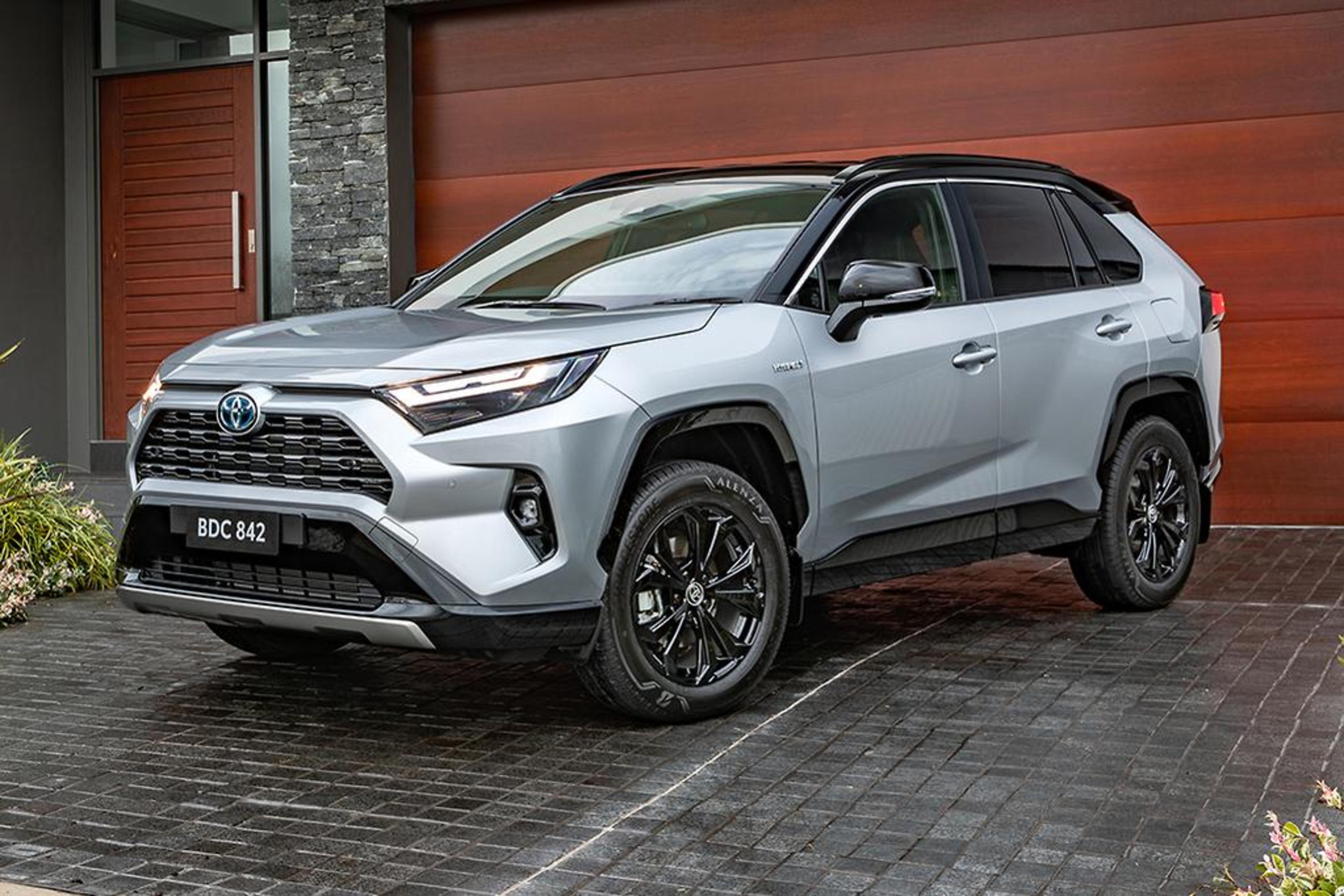PHEV Vs Hybrid: What is the difference?

Understanding the Difference Between PHEV and Hybrid Cars in Australia
As Australians increasingly seek sustainable driving solutions, two types of hybrid vehicles are gaining popularity: Plug-in Hybrid Electric Vehicles (PHEVs) and traditional Hybrid Electric Vehicles (HEVs). While both offer eco-friendly benefits compared to conventional petrol or diesel cars, they differ significantly in their technology, usage, and advantages. In this article, we’ll explore these differences and highlight some popular examples, including the Toyota RAV4 Hybrid.
What is a Plug-in Hybrid Electric Vehicle (PHEV)?
A Plug-in Hybrid Electric Vehicle (PHEV) combines an internal combustion engine (ICE) with an electric motor and a larger battery that can be recharged by plugging into an external power source. This setup offers several driving modes:
- Electric-Only Mode: PHEVs can travel a certain distance on electric power alone when the battery is fully charged. This range varies by model, with many PHEVs capable of covering 30 to 60 kilometres or more without using petrol.
- Hybrid Mode: After the electric range is depleted, the PHEV switches to hybrid mode. In this mode, both the engine and the electric motor work together to propel the vehicle. The engine also helps recharge the battery.
- Charging: PHEVs need to be plugged into an external electric vehicle (EV) charging station or a standard household outlet to recharge the battery.
What is a Hybrid Electric Vehicle (HEV)?
A Hybrid Electric Vehicle (HEV) integrates an internal combustion engine with an electric motor but operates differently from a PHEV:
- Battery: HEVs have a smaller battery that is charged through regenerative braking and the engine. Unlike PHEVs, HEVs cannot be charged via an external power source.
- Driving Modes: HEVs automatically switch between electric and petrol power based on driving conditions and battery charge. This system does not require manual input from the driver.
- Fuel Efficiency: HEVs generally offer better fuel efficiency compared to traditional ICE vehicles because the electric motor assists the engine, reduces load, and recovers energy during braking.
Key Differences Between PHEVs and HEVs
Charging
- PHEV: Requires external charging. To recharge the battery, PHEVs must be plugged into an electric vehicle (EV) charging station or a standard household outlet.
- HEV: Charged through regenerative braking and the engine. HEVs do not need an external power source to charge their battery, as it is replenished through driving.
Electric Range
- PHEV: Offers an electric-only range, typically between 30 and 60+ kilometres. This allows for short trips on electric power alone before switching to hybrid mode.
- HEV: Limited to using electric power as an assist rather than a primary propulsion source. The electric motor provides supplementary power and improves fuel efficiency but does not offer a significant electric-only range.
Fuel Efficiency
- PHEV: Can be highly efficient when driving short distances on electric power. In hybrid mode, PHEVs may achieve similar fuel efficiency to HEVs but are generally optimized for electric driving in city environments.
- HEV: Generally more fuel-efficient than conventional vehicles due to the electric motor's assistance, which reduces engine load and recovers energy during braking. However, it relies on the petrol engine for longer trips.
Cost
- PHEV: Typically more expensive due to advanced battery and charging technology. The higher upfront cost reflects the additional technology and infrastructure needed for external charging.
- HEV: Generally less expensive than PHEVs but still offers improved fuel efficiency over traditional vehicles. The lower cost reflects the simpler battery and charging system.
Examples of PHEVs and HEVs
Here are some examples of PHEVs and HEVs available in the Australian market, including models similar to the Toyota RAV4 Hybrid:
1. Toyota RAV4 Hybrid
The Toyota RAV4 Hybrid is a well-known HEV that combines a 2.5-litre petrol engine with an electric motor. This setup delivers excellent fuel efficiency and a smooth driving experience. The RAV4 Hybrid operates seamlessly between electric and petrol power, making it an ideal choice for a variety of driving conditions. With a combined cycle fuel consumption of approximately 5.8 litres per 100 km, it’s a strong contender for those seeking a hybrid SUV without the need for external charging.
2. Mitsubishi Outlander PHEV
The Mitsubishi Outlander PHEV is a prominent plug-in hybrid vehicle available in Australia. It features a 2.4-litre petrol engine combined with electric motors and offers an electric-only range of about 50 km. The Outlander PHEV provides flexibility with both electric-only and hybrid driving modes, making it a suitable option for those who need both city efficiency and long-distance capability.
3. Ford Escape HEV
The Ford Escape HEV is another hybrid SUV that features a 2.5-litre engine paired with an electric motor. It offers strong fuel economy and a comfortable driving experience. The Escape HEV’s hybrid system automatically optimizes power between the engine and electric motor, making it a practical choice for drivers who want improved efficiency without the need for external charging.
Which is Right for You?
Choosing between a PHEV and an HEV depends on your driving habits and needs:
- Short Commutes & Urban Driving: If you primarily drive short distances and have access to charging infrastructure, a PHEV like the Mitsubishi Outlander PHEV could be ideal. It allows for electric-only driving for daily commutes and longer trips with petrol power.
- Mixed Driving: If you drive a mix of city and highway miles or lack reliable access to charging stations, an HEV like the Toyota RAV4 Hybrid or Ford Escape HEV might be more suitable. HEVs offer improved fuel efficiency and do not require external charging.
- Environmental Impact: Both PHEVs and HEVs help reduce emissions compared to conventional vehicles. PHEVs provide the added benefit of driving on electric power alone for short trips, which can further lower your carbon footprint.
In summary, both PHEVs and HEVs offer significant advantages over traditional petrol and diesel vehicles. With models like the Toyota RAV4 Hybrid, Mitsubishi Outlander PHEV, and Ford Escape HEV, there are plenty of options in the Australian market to meet your driving needs and preferences.
